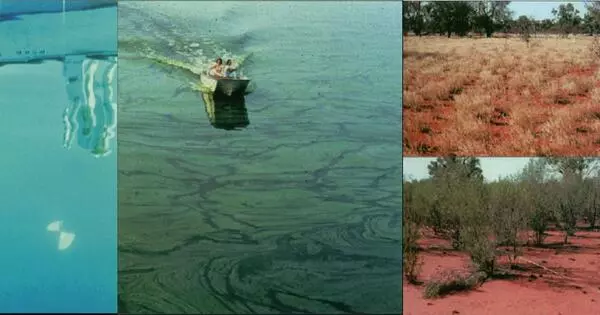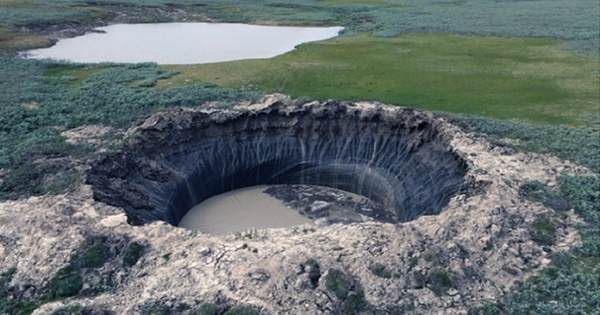Ecological resilience refers to the ability of an ecosystem to withstand disturbance and still maintain its basic structure and functions. It is the capacity of an ecosystem to absorb change, adapt to new conditions, and continue to deliver vital ecosystem services to support human and non-human life.
Resilience in ecology refers to an ecosystem’s ability to respond to a perturbation or disturbance by resisting damage and recovering quickly. Stochastic events such as fires, flooding, windstorms, insect population explosions, and human activities such as deforestation, fracking of the ground for oil extraction, pesticide sprayed in soil, and the introduction of exotic plant or animal species are examples of perturbations and disturbances.
Ecological resilience is influenced by many factors, including the diversity and distribution of species within an ecosystem, the presence of keystone species, the interconnectedness of species and their relationships, and the amount of disturbance the ecosystem has experienced in the past.
Resilience is important because it helps ecosystems to persist in the face of change, whether it be from natural events like wildfires, hurricanes, and droughts, or human activities like deforestation, pollution, and climate change. By enhancing ecological resilience, we can help to ensure that ecosystems continue to provide valuable services, such as clean air and water, food and fiber, and habitat for wildlife, even in the face of significant disturbance.
Efforts to enhance ecological resilience often involve strategies such as restoring degraded ecosystems, reducing stressors to ecosystems, and increasing the diversity of species within ecosystems. By promoting ecological resilience, we can help to create a more sustainable and secure future for both humans and the natural world. Disturbances of sufficient magnitude or duration can have a profound impact on an ecosystem, forcing it to cross a threshold beyond which a different regime of processes and structures takes over. These regime shifts may also be referred to as critical transitions when such thresholds are associated with a critical or bifurcation point.
Human activities that have a negative impact on ecological resilience, such as biodiversity loss, resource exploitation, pollution, land use, and anthropogenic climate change, are increasingly causing regime shifts in ecosystems, often to less desirable and degraded conditions. Interdisciplinary discourse on resilience now includes consideration of the interactions of humans and ecosystems via socio-ecological systems, and the need for shift from the maximum sustainable yield paradigm to environmental resource management and ecosystem management, which aim to build ecological resilience through “resilience analysis, adaptive resource management, and adaptive governance”. Ecological resilience has inspired and continues to challenge other fields’ interpretations of resilience, such as supply chain resilience.
















